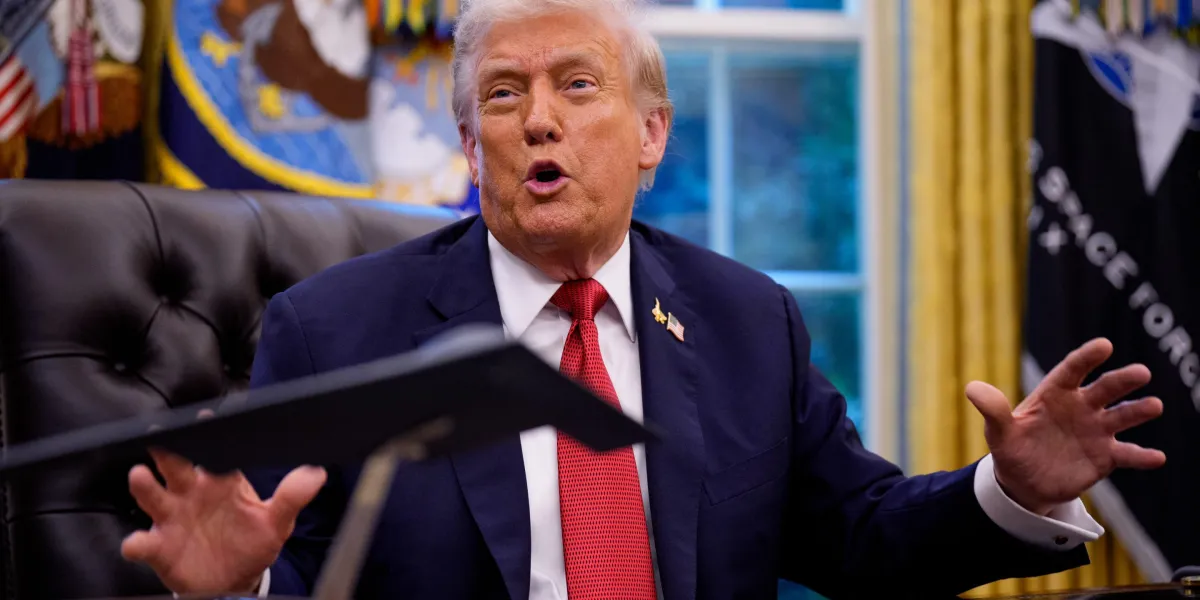
Over the past five years, the TikTok ban has evolved on a bipartisan basis. After Trump floated the idea during his first presidency, it became a 2024 law signed by President Joe Biden, requiring TikTok to either sell its U.S. operations or face a ban. In recent weeks, Trump has announced a deal, which is still pending, while holding talks with Chinese President Xi Jinping. TikTok’s American wing will be controlled by a consortium of Trump-aligned billionaires including Larry Ellison, Rupert Murdoch, and Michael Dell.
Trump’s TikTok pivot
In a historical reversal, Trump, who once aggressively pushed to ban TikTok, recently signed an executive order allowing an American consortium to purchase and restructure the app’s U.S. operations, thus sparing it from prohibition. The deal is believed to be valued around $14 billion, far less than analysts say the American operations of TikTok would be worth in an open auction. Trump’s claim of “saving TikTok” refers to his role in approving this deal to keep the platform alive in the U.S., a move he now frames as a significant favor to the app’s primarily young user base.
This turnaround is a notable example of political adaptation, as TikTok has become the dominant social media platform for users under 30, with an estimated 170 million users, providing a vital communication channel for news, entertainment, and political discourse. Trump’s campaign insiders have acknowledged this strategic embrace, highlighting the platform’s role in shaping youth opinion and signaling a new outreach approach aimed at a generation that traditionally favored the Democrats.